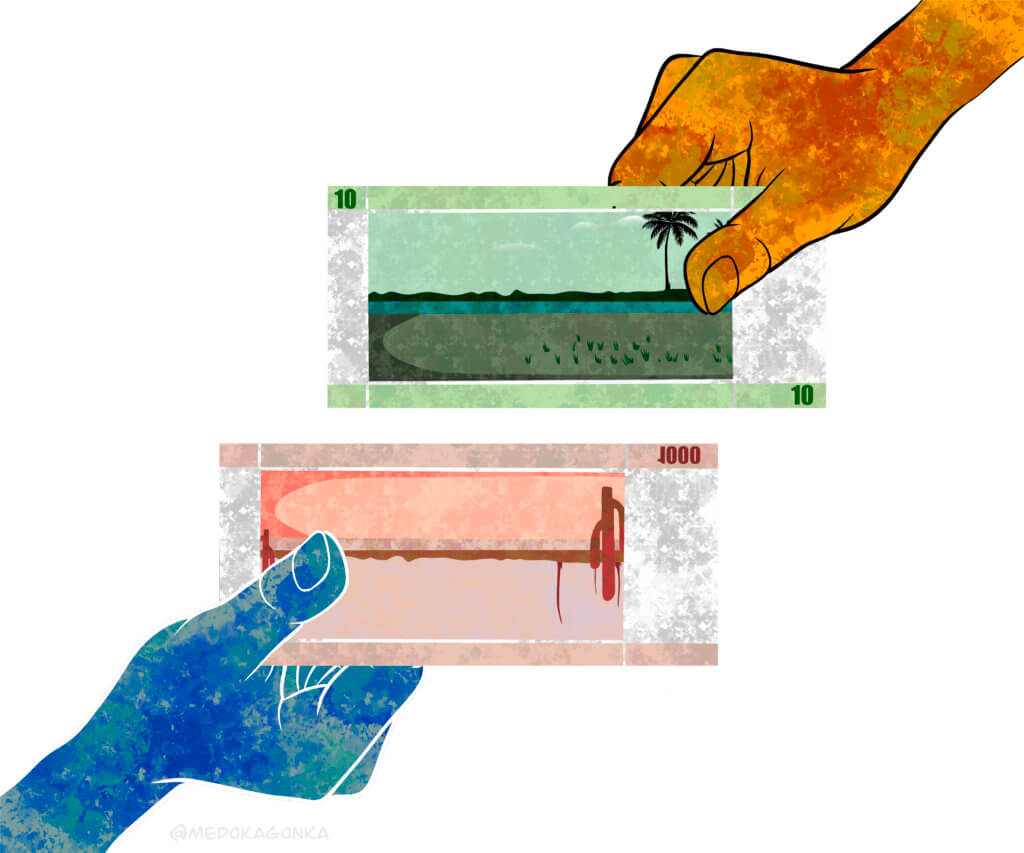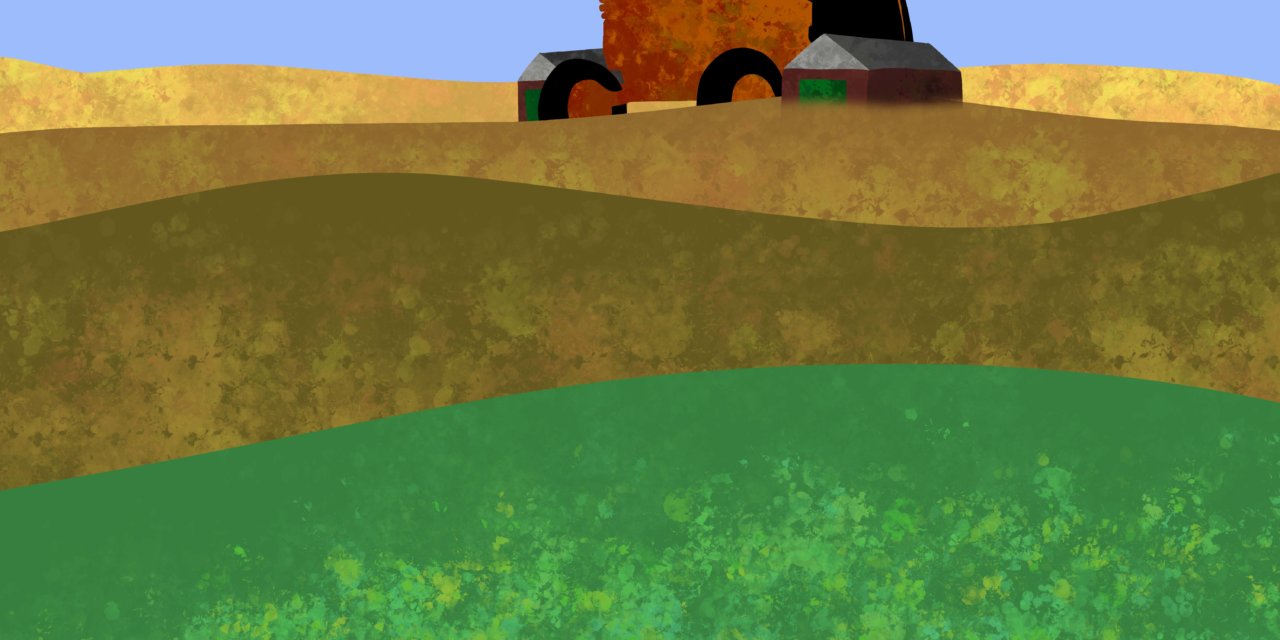In the wake of violent conflict, Sudanese farmers like Mohammed Issa brace for a harvest season clouded by uncertainty, clinging to the hope that peace will restore their lands’ once bountiful yield.
Inextricably linked to its vast and fertile lands, Sudan is renowned for its agricultural prowess. The country’s intricate connection to farming has earned it a reputation as a “food basket”.
Spanning a diverse range of climates and geographies, Sudan is shaped by the intertwining Niles in its centre and multiple tributary valleys in regions such as Darfur, Blue Nile, and South Kordofan. The east is marked by the Red Sea coast.
While rich in surface and groundwater, Sudan faces challenges due to a lack of financial and human resources.
Persistent internal conflicts occasionally hinder farmers from accessing certain areas, impacting agricultural production. Nevertheless, the sector continues to support the Sudanese populace, with any excess produce earmarked for export.
The war that began in April 2023 has had a profound effect on regions like South Kordofan and Darfur. Although these areas received rainfall, the conflict led to mass displacements, turning their lands arid.
A Journey Towards Stability
Nestled on the western bank of the Blue Nile, the city of Damazin offers a semblance of peace. This calm beckoned Mohammed Issa, 23, who relocated from the Kasala region with his family, seeking a brighter future.
Mohammed’s move culminated in his joining his father’s farming ventures in 2020, after completing a degree in administrative information systems at the University of Sudan.
The region, where Mohammed operates, covers 30,000 acres and relies on seasonal rain-fed agriculture. Essential crops such as maize, sesame, and rice flourish here, catering to both domestic consumers and international markets.
Mohammed’s venture provides livelihoods for 32 individuals and annually produces significant quantities of maize, sesame, and cotton.
The relative stability in the Blue Nile State, despite its turbulent past, attracted Mohammed. His commitment is to farm sustainably and according to the resources at hand.
Navigating the Hurdles
Despite the daunting challenges of 2023, Mohammed remained resolute. Capitalising on sporadic periods of safety, he proceeded with cultivation.
Yet, he confronted additional obstacles, such as maintaining equipment, affording wages, and coping with surging fuel prices exacerbated by the conflict. His attempt to secure funding from the Agricultural Bank in Damazin fell through due to logistical complexities.
Consequently, many farmers found themselves selling their produce at suboptimal prices to maintain some cash flow.
Such circumstances forced Mohammed to downsize. He could only hire half of his usual workforce and cultivate half his usual acreage, supplemented by crops from the FAO.

Sudanese farmers are compelled to sell their crops at reduced prices to generate much-needed cash flow. (Illustration: Medo Kagonka)
The Precarious Balance
Despite its significance, Sudan’s agricultural sector has often been overlooked by consecutive governments. As of 2020, agriculture represented 56% of Sudan’s total exports, according to the Central Bank of Sudan.
The sector has the potential to alleviate food insecurity and uplift small-scale farmers, especially given the current economic challenges stemming from the war.
As Mohammed anticipates the harvest season, concerns weigh heavily on his mind. Questions of yield quality, potential conflict spillover, and marketing strategies loom large.
The current lack of robust markets, reduced consumer purchasing power, and stagnation of institutional operations spell uncertainty for the future of Sudan’s agriculture.
Should the conflict persist and intensify, Sudan’s economic trajectory could be grim. Even with favourable conditions, estimates suggest the agricultural output might be halved.
The extent of cultivation in the Blue Nile has already diminished, with current production anticipated to barely cater to local needs.
Sudanese farmers like Mohammed face an uphill battle. The turmoil of war has already left deep scars, with Mohammed reflecting on a particularly challenging year where 60% of the crop remained unharvested due to safety concerns.
“That year shattered our aspirations,” Mohammed says. “We fervently hope for peace, praying that agriculture, so dear to Sudan, remains shielded from the ravages of conflict.”
______
This story was produced by Media in Cooperation and Transition (MiCT) and the North Africa Media Academy (NAMA), in collaboration with the Al Adwaa Media and Journalism Services Centre, and financed by the German Federal Ministry for Economic Cooperation and Development (BMZ). The views expressed in this publication do not represent the opinions of MiCT, NAMA, Al Adwaa, or BMZ.

